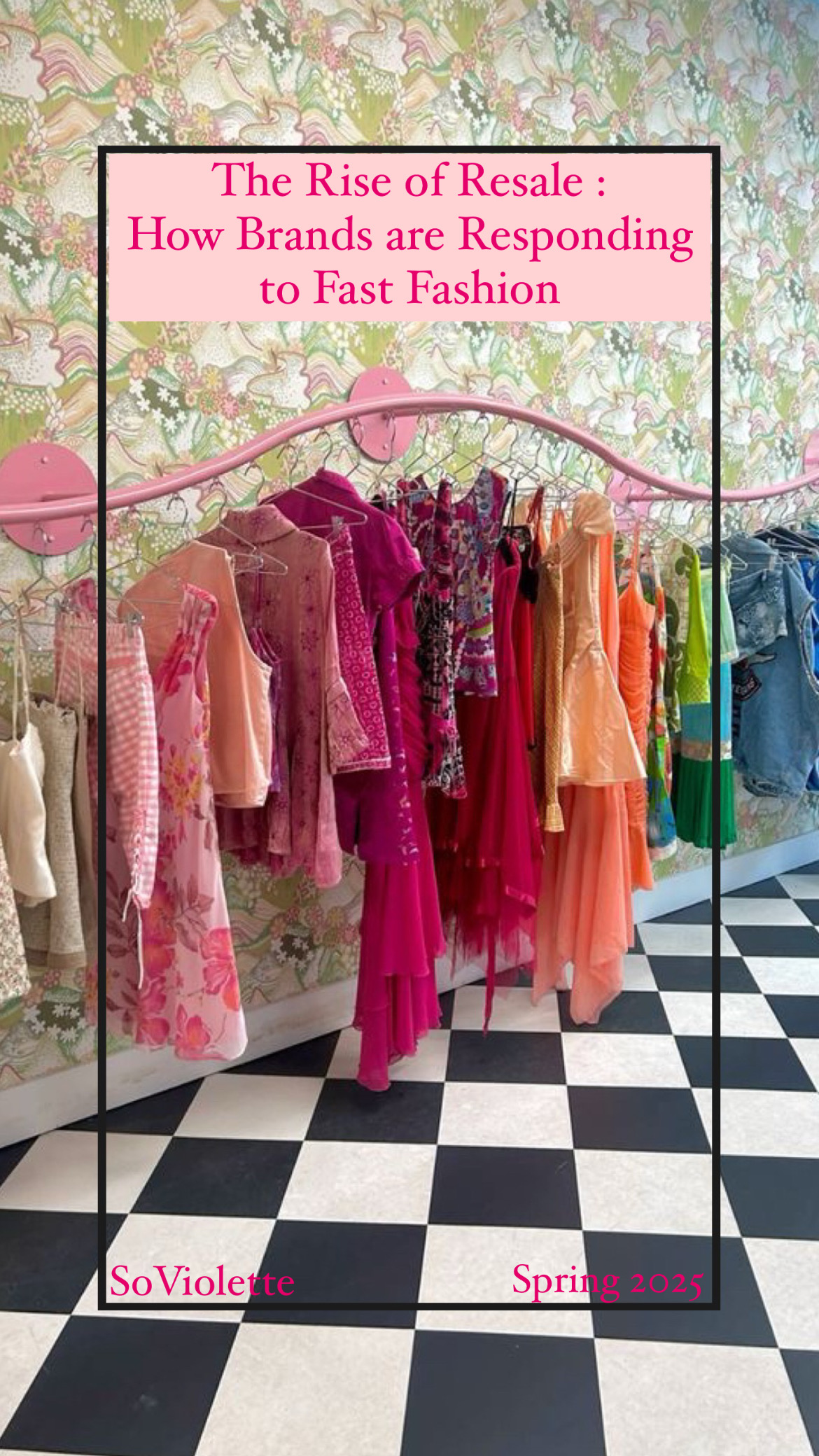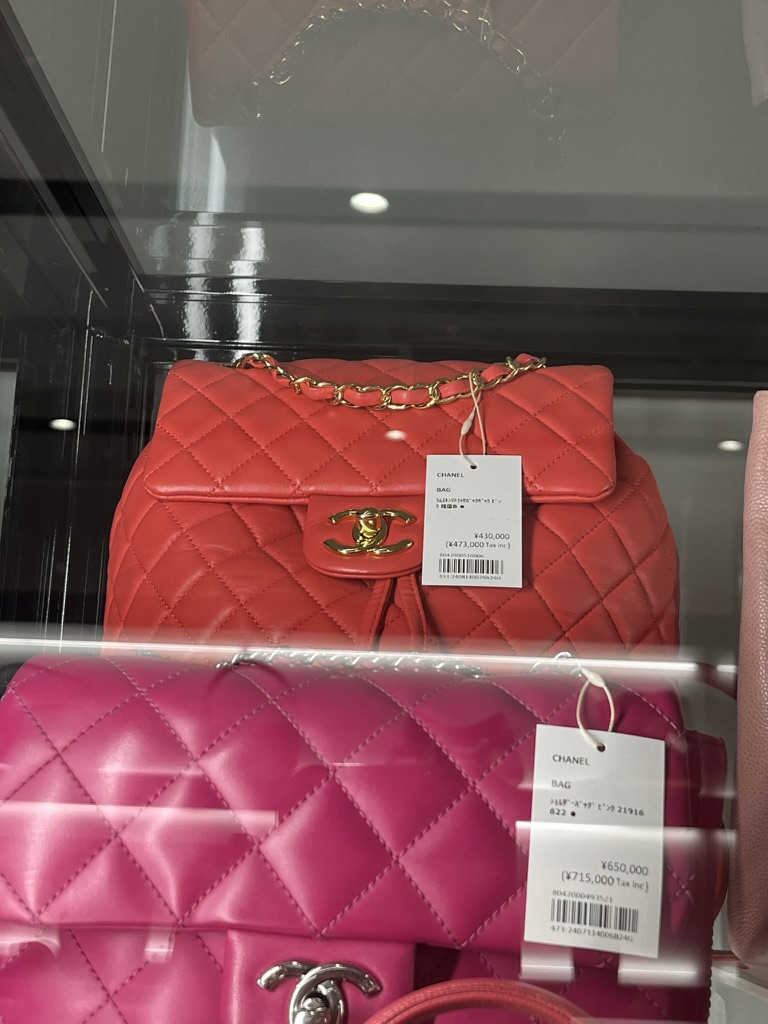
Fast fashion is a term most of us know well by now. Since the 2020 Covid-19 global pandemic, its growth has accelerated rapidly, with many brick and mortar stores closing while online retail continues to grow.
As the chart from UniformMarket shows, this momentum isn’t slowing anytime soon

With ultra-low prices, lightning-fast shipping, and low production costs, fast fashion giants have reshaped consumer expectations. But this rapid model comes at a cost; environmentally and ethically. So how are established brands keeping up
In recent years, major fashion brands have increasingly embraced second-hand markets, integrating resale and rental models into their business strategies.
Although the rental business model that was adopted by Brands such as Ralph Lauren and Banana Republic may not have reached the expected high success projections, the second-hand market is thriving.

source : https://capitaloneshopping.com/research/thrifting-statistics/
Let’s have a closer look :
Reasons for Investing in Second-Hand and Rental Markets:
Meeting Consumer Demand: There’s a growing trend among consumers, especially younger demographics, favouring sustainable and affordable fashion options. Offering second-hand or rental services aligns with these preferences and helps brands remain relevant.
Strengthening Eco-Friendly Practices: The fashion world has long been under fire for its toll on the planet. By encouraging consumers to rent or buy secondhand, brands are finding ways to cut down on textile waste and support a circular system where garments are reused, not discarded; Helping to minimize their overall impact on the environment.
Advancing Environmental Responsibility: The fashion sector is often under pressure for its negative ecological effects. Through rental and resale initiatives, brands are embracing reuse, helping to minimize textile waste and support a more circular and conscious fashion ecosystem.

Tapping Into Emerging Markets: The secondhand space is growing fast. By stepping into resale, brands can unlock new income opportunities, appeal to price-savvy shoppers, and give their garments a longer, more profitable life.

Boosting Customer Connection: Providing access to rental and pre-owned options offers shoppers more freedom and purpose-driven choices. These experiences can strengthen emotional ties to a brand by aligning with consumers’ evolving values around sustainability and smart consumption.

Luxury resale is no longer niche, it’s thriving, with key players successfully blending exclusivity with sustainability. Platforms like Vestiaire Collective, backed by luxury powerhouse Kering, have led the way in making second-hand high fashion both accessible and desirable.

celebrities adopting the vintage trend in 1990’s Chanel looks
In the U.S., What Goes Around Comes Around has built a strong reputation for curating rare designer pieces, from vintage Chanel to limited-edition Louis Vuitton. Meanwhile, Tokyo has emerged as a global hotspot for luxury resale, with countless boutiques specializing in pre-loved designer bags, clothing, and jewelry, often in pristine condition.

Together, these companies are proving that luxury and circularity can go hand in hand.

Overall, by investing in second-hand markets, fashion brands are not only responding to consumer demand for sustainable options but also exploring new business models that could contribute to a more circular fashion economy.

Since the pandemic, fast fashion has expanded quickly,but so have concerns about its ethical and environmental costs. In response, major brands are turning to second-hand and resale models to meet growing demand for more sustainable fashion.
With platforms like Vestiaire Collective and What Goes Around Comes Around leading the way, circular fashion is becoming a smart, strategic move for the industry.
Have you shopped any vintage or second hand styles?
xo,

